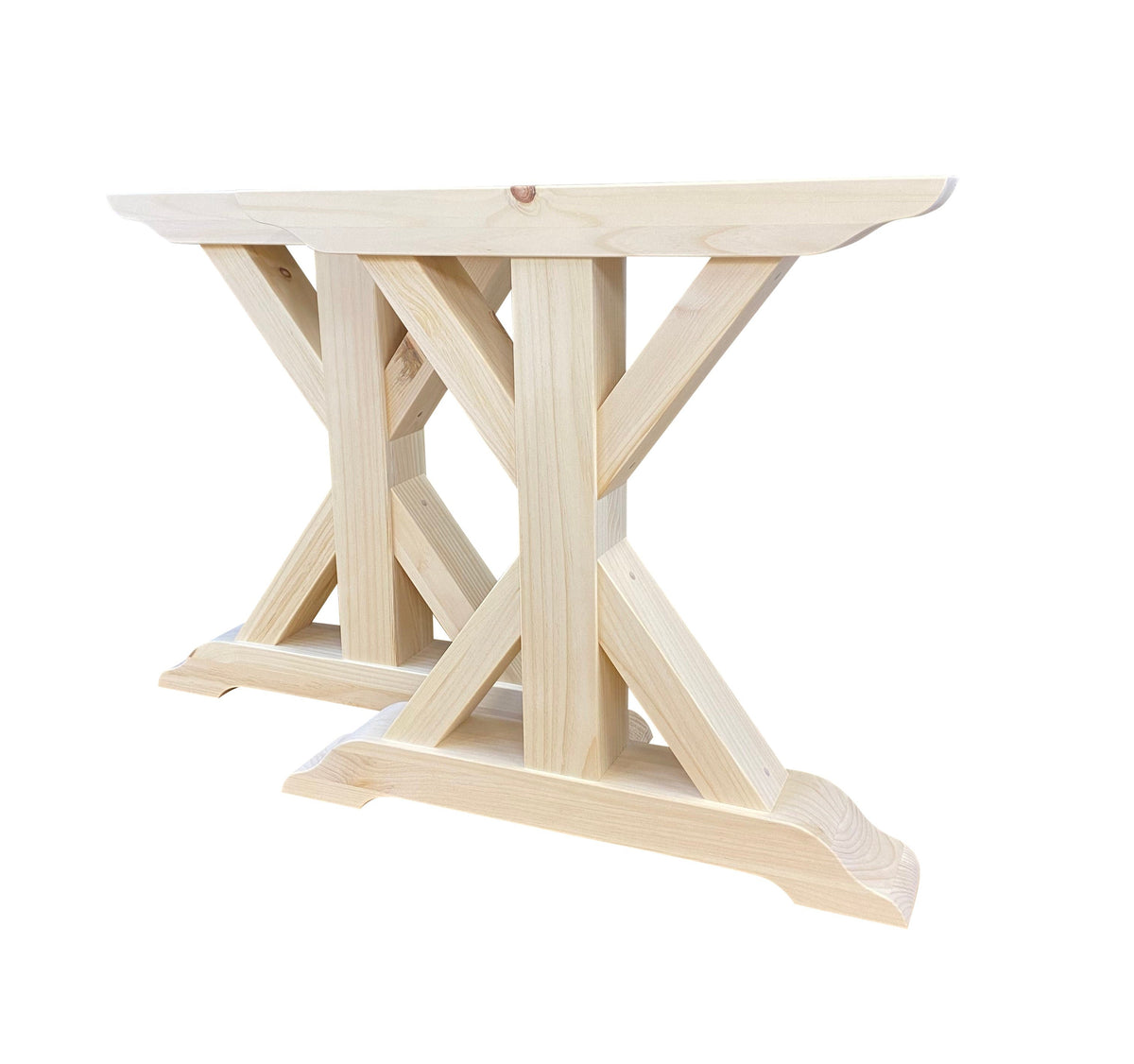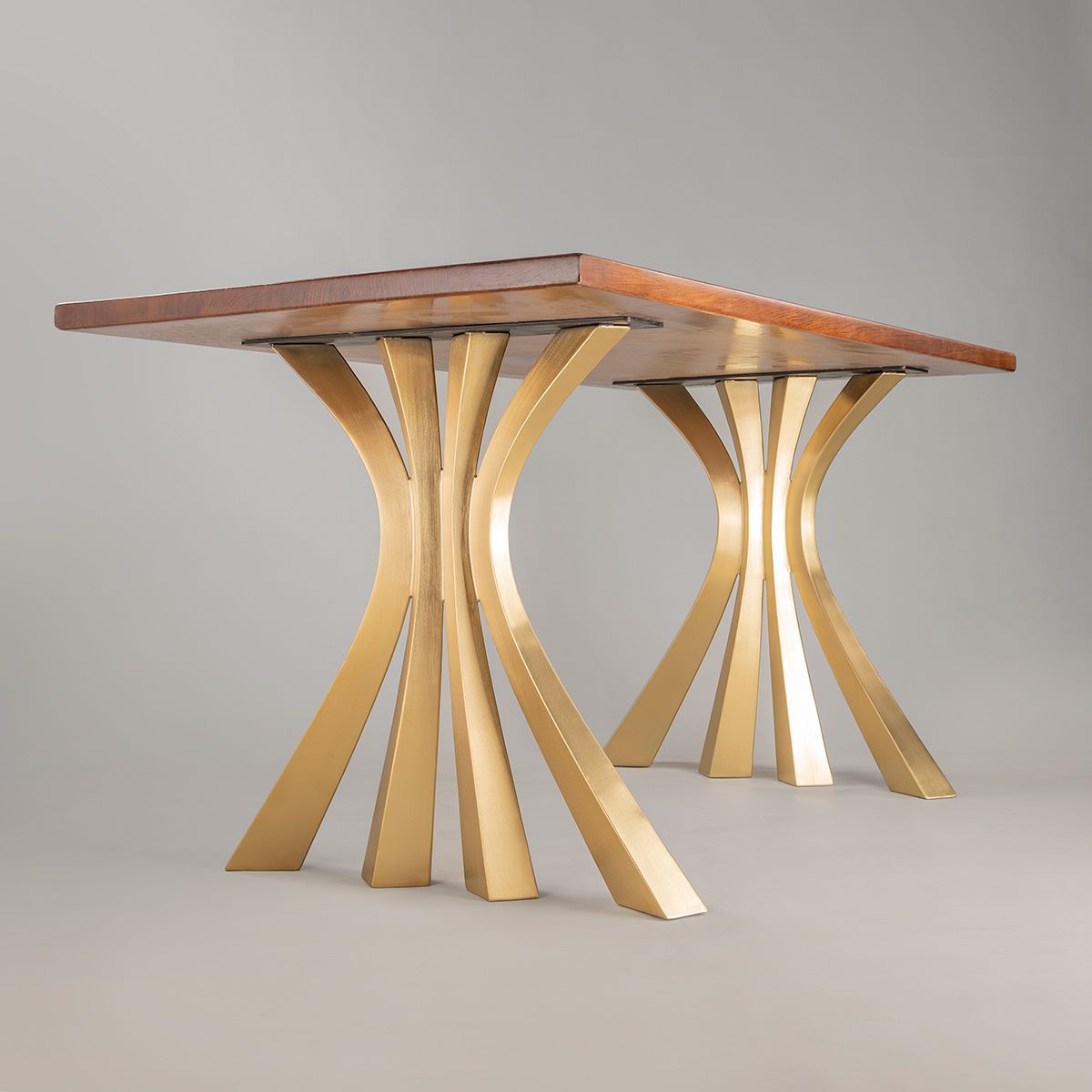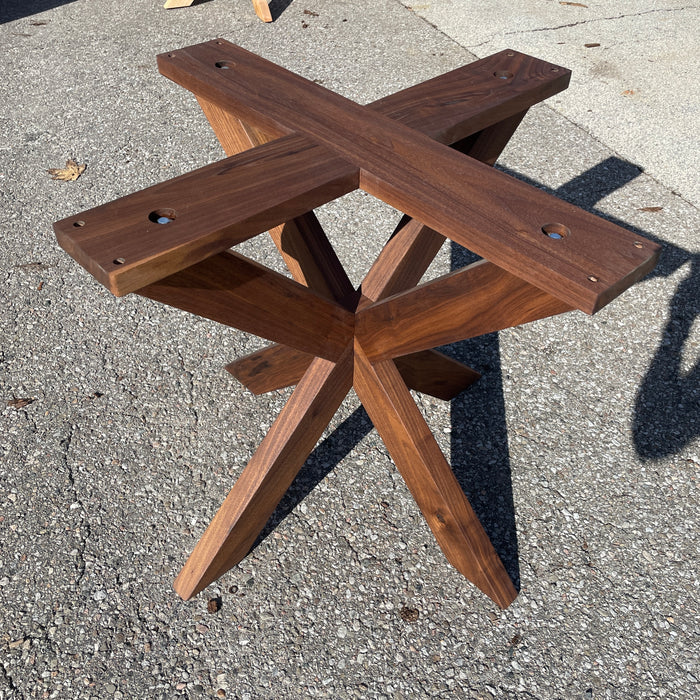Add Stamina and Appeal Utilizing Strong Dining Table Legs Wood Pieces
Add Stamina and Appeal Utilizing Strong Dining Table Legs Wood Pieces
Blog Article
Exploring the Various Kinds Of Dining Table Legs Timber for Your Dining Room
The choice of dining table legs timber can greatly impact both the functional and visual high qualities of your eating room. Solid wood alternatives, such as oak and walnut, offer a traditional appearance with unmatched durability, while engineered wood options use cutting-edge layouts that mimic the richness of natural grains.
Solid Wood Options

Unlike crafted materials, solid wood is less prone to warping and damage over time when effectively maintained. Each item of strong timber is special, showcasing private attributes that add to the charm and character of the dining table.
Furthermore, solid wood can be ended up in many methods, varying from all-natural oils to tarnished coatings, allowing homeowners to personalize their furnishings to match their style. In recap, choosing solid wood for eating table legs not just makes sure structural integrity but additionally improves the visual appeal of the eating area, making it a worthwhile investment for any kind of home.
Engineered Timber Alternatives

Plywood, created from several layers of timber veneer, is stable and specifically solid, making it an outstanding choice for eating table legs. Its layered composition permits it to endure changes in moisture and temperature far better than standard solid timber. MDF, on the other hand, uses a smooth surface area for painting or veneering, allowing designers to attain a polished appearance while preserving architectural integrity.
Particleboard, often made use of in budget-friendly alternatives, offers suitable stamina and is light-weight, making it much easier to handle. It might not be as durable as plywood or MDF. It is important to take into consideration the intended use and wanted visual when choosing crafted timber alternatives. These products not just enhance the capability of eating spaces however additionally allow for higher style adaptability, making sure that modern and traditional designs can exist side-by-side harmoniously.
Reclaimed Wood Includes
Reclaimed wood offers a distinct blend of sustainability and character, making it a significantly preferred option for dining table legs. Sourced from old barns, manufacturing facilities, and other frameworks, redeemed timber symbolizes a history that new products just can not duplicate. Each piece carries its very own tale, marked by distinct imperfections, knots, and differing grain patterns, which add to a table's special visual appeal.
In addition to its aesthetic appeal, recovered wood is an eco-friendly choice. By repurposing previously made use of materials, it decreases the need for brand-new lumber, thus aiding to decrease and save woodlands waste. This lines up with a growing customer preference for lasting methods in furniture.
Furthermore, redeemed wood is often extra long lasting than newly collected wood as a result of its age. The all-natural drying out process that redeemed wood undertakes cause a denser and stronger material, making it much less vulnerable to bending and splitting. This enhances the long life of dining tables, enabling them to withstand the roughness of day-to-day use.
Softwood vs. Wood
When picking eating table legs, understanding the visit their website differences between softwood and hardwood is critical for achieving both useful and visual goals. They generally display an even more rustic look, making them appropriate for informal or country-style eating rooms.
On the various other hand, woods, sourced from deciduous trees like maple, cherry, and oak, are renowned for their thickness, stamina, and durability. The elaborate grain patterns and rich shades of hardwoods offer a advanced and ageless appeal, making them optimal for formal dining settings. While hardwoods have a tendency to be a lot more costly and larger, their strength against wear and tear frequently justifies the investment.
Inevitably, the choice in between softwood and hardwood for dining table legs need to straighten with your layout vision, use demands, and spending plan, making certain that your dining area reflects your personal design while continuing to be useful gradually.

Surfaces and Therapies
The aesthetic charm and durability of dining table legs can be considerably improved through various finishes and treatments. These procedures not just secure the wood from damage yet additionally boost its look, enabling it to match diverse interior designs.
One typical treatment is staining, which passes through the timber and improves its natural grain while adding shade. Spots offer a rich, elegant appearance, making it possible for house owners to match their furniture with existing decoration. On the other hand, clear surfaces such as polyurethane or varnish create a safety layer without changing the wood's original shade, making certain resilience against damage.
Furthermore, natural oils, like tung or linseed oil, nurture the wood and offer a subtle luster, all while being green. These oils enable the surface to take a breath, avoiding dampness accumulation and potential bending.
For those looking for a rustic appeal, distressed or weathered coatings can be related to develop an aged look, including character to the item. Ultimately, the selection of treatments and surfaces depends on individual choice, preferred aesthetic appeals, and the specific wood kind, making it necessary to consider these aspects when selecting dining table legs for your room.
Conclusion
To conclude, the selection of table leg products considerably influences both the functional have a peek at these guys and aesthetic elements of an eating area. Strong woods, engineered options, and redeemed options each offer unique benefits, satisfying numerous preferences and needs. Recognizing the distinctions in between softwoods and hardwoods, together with ideal finishes and treatments, enables notified decision-making. Eventually, the option of timber kind need to align with desired style, durability, and environmental considerations, improving the general eating experience.
The selection of eating table legs hop over to here timber can greatly affect both the aesthetic and practical top qualities of your eating space - Dining Table Legs Wood. Strong timber choices, such as oak and walnut, offer a traditional look with unrivaled sturdiness, while engineered timber options provide innovative designs that resemble the splendor of natural grains. Strong timber provides a timeless quality that can boost the general design of an eating area. Each piece of strong wood is one-of-a-kind, showcasing specific attributes that add to the beauty and personality of the dining table
In addition, recovered wood is often extra resilient than newly gathered wood due to its age.
Report this page